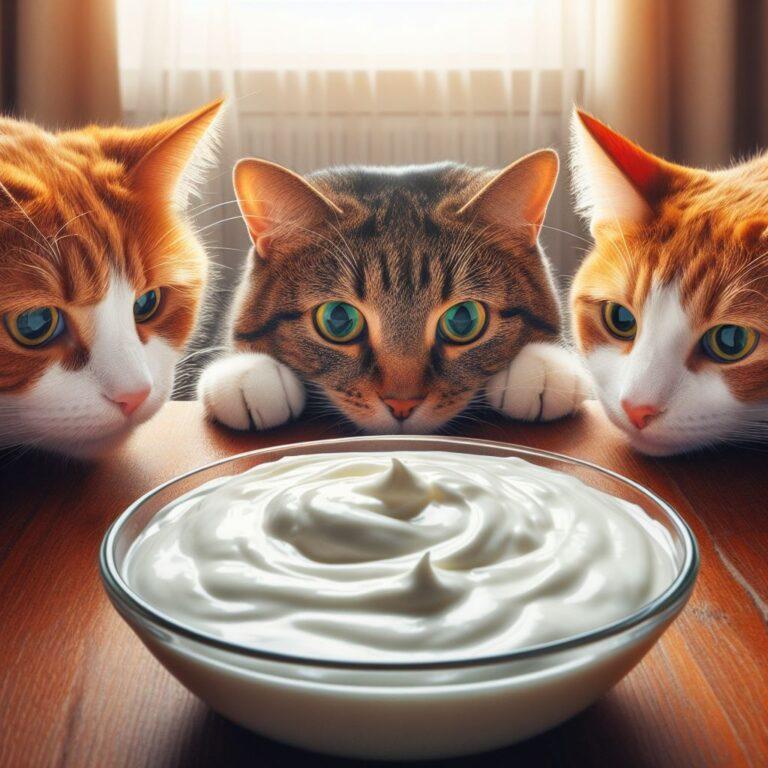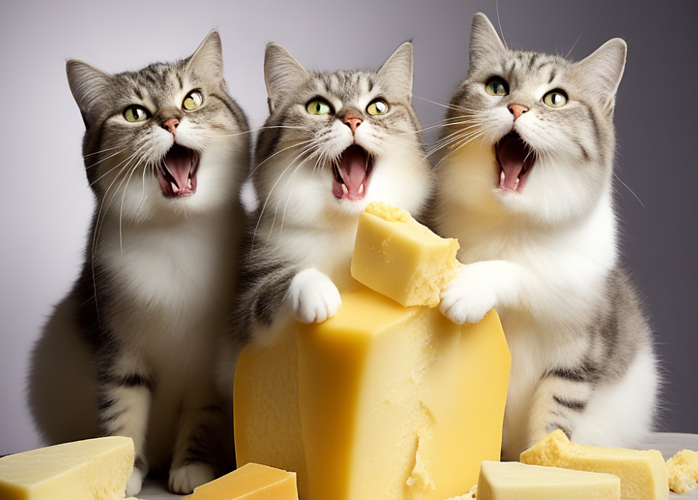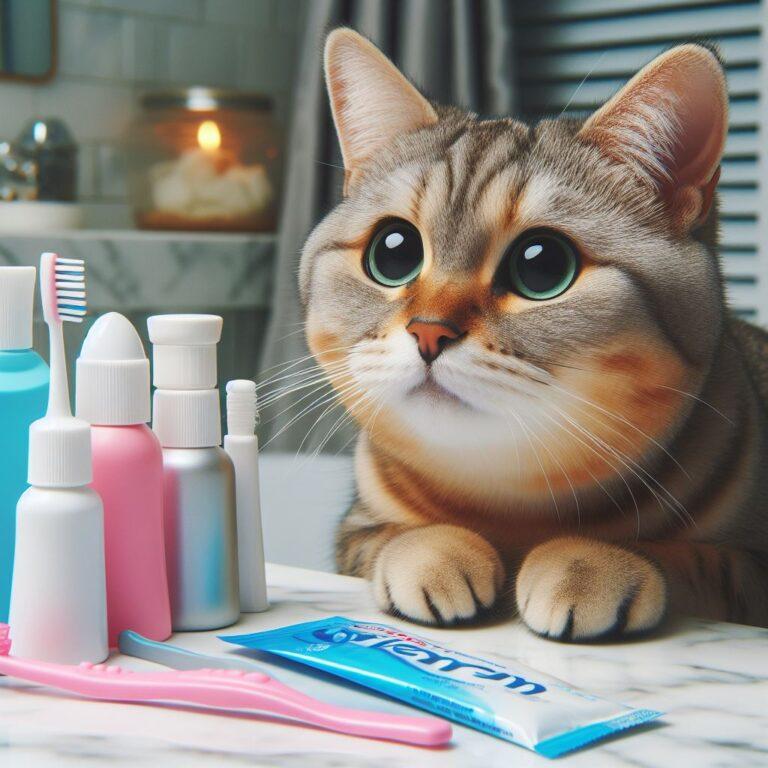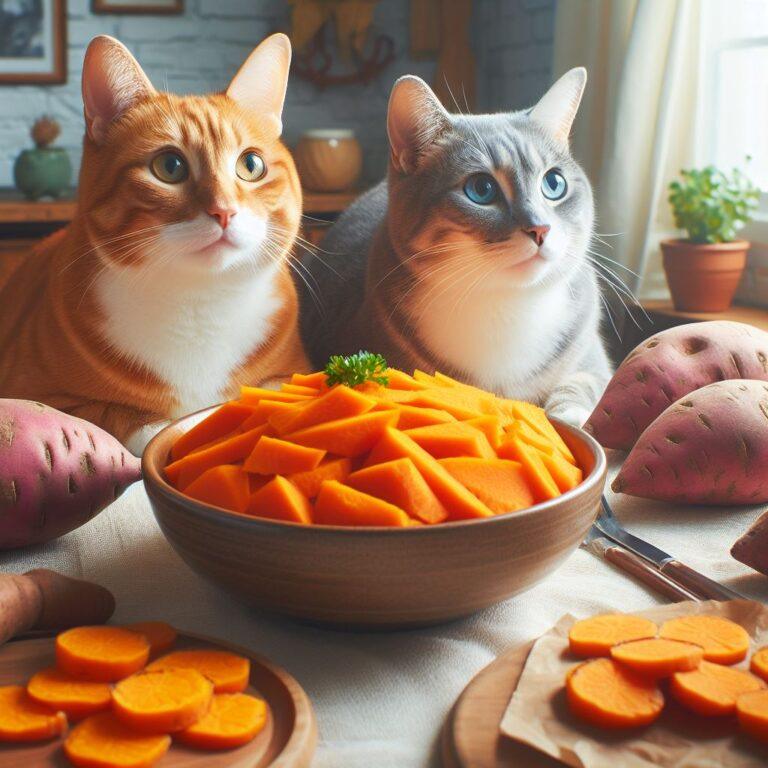Can Cats Safely Eat Grapes
I need to make something crystal clear right away: cats should NEVER eat grapes. Full stop. Now, you might wonder why that’s the case. Grapes, innocuous as they seem to us humans, contain substances that are toxic to cats. Even in small amounts, these fruits can cause serious health issues for our feline friends.
You must be aware that symptoms of grape poisoning in cats can be severe and develop rapidly. We’re talking about vomiting, diarrhea, lethargy, and even sudden kidney failure. These are not risks worth taking.
If your cat does eat a grape by accident, it’s imperative to act fast. Contact your vet immediately or rush to an emergency animal hospital.
Time is of the essence in these situations, as early intervention can mean the difference between a scare and a catastrophe.
Understanding Grape Toxicity in Cats
You might be wondering just what makes grapes a no-go for your feline friend. It’s known that grapes, along with their dried counterparts, raisins, contain certain substances that are toxic to cats (and dogs, for that matter).
However, the exact toxic compounds in grapes are yet to be pinpointed with absolute certainty. Despite ongoing research, the veterinary science community has yet to isolate the specific culprits.
The level of toxicity can vary based on several factors. A cat’s size, age, and overall health play a role in how severely they might react to eating grapes.
Smaller cats and those with pre-existing health conditions are typically at a higher risk. It’s a stark reminder that even a small grape or raisin can trigger a life-threatening reaction in a vulnerable pet.
To paint a broader picture, grapes are far from being the only hazardous food for cats. Other common kitchen items, such as onions, garlic, and chocolate, are similarly dangerous.
These foods might be tempting to share with your pet, but resist the urge. It’s not worth the risk.
To give you confidence in what you’ve learned, let me assure you that this information comes from reliable veterinary sources. Continuous research and case studies from pet health experts underscore the dangers of grape toxicity.
Their insights are critical to ensuring the safety and well-being of pets. As a responsible pet owner, it’s crucial to stay informed and heed their advice.
Safe Alternatives to Grapes in a Cat’s Diet
The health of your cat is paramount, and understanding what treats are safe is essential for responsible pet ownership. While grapes are off-limits, there are numerous healthy alternatives that can be given to your cat in moderation.
These include slices of fruits such as apples (without seeds), melons, and bananas – all of which should be free of seeds and cut into appropriate, bite-sized pieces.
Introducing new treats to your cat should be done gradually. It gives you an opportunity to observe any adverse reactions, ensuring that your cat’s diet changes are safe and agreeable to their stomach.
Cats thrive on a diet that is high in protein and fat and low in carbohydrates. While treats can be a nice addition, they should never constitute more than 10% of the cat’s daily caloric intake.
This ensures that the majority of their nutrition comes from their balanced, species-appropriate main diet.
I encourage cat owners to consult with a feline nutrition expert or a veterinarian before making any significant changes to their pet’s diet. These professionals can provide guidance tailored to your cat’s specific needs, considering age, health status, and lifestyle.







